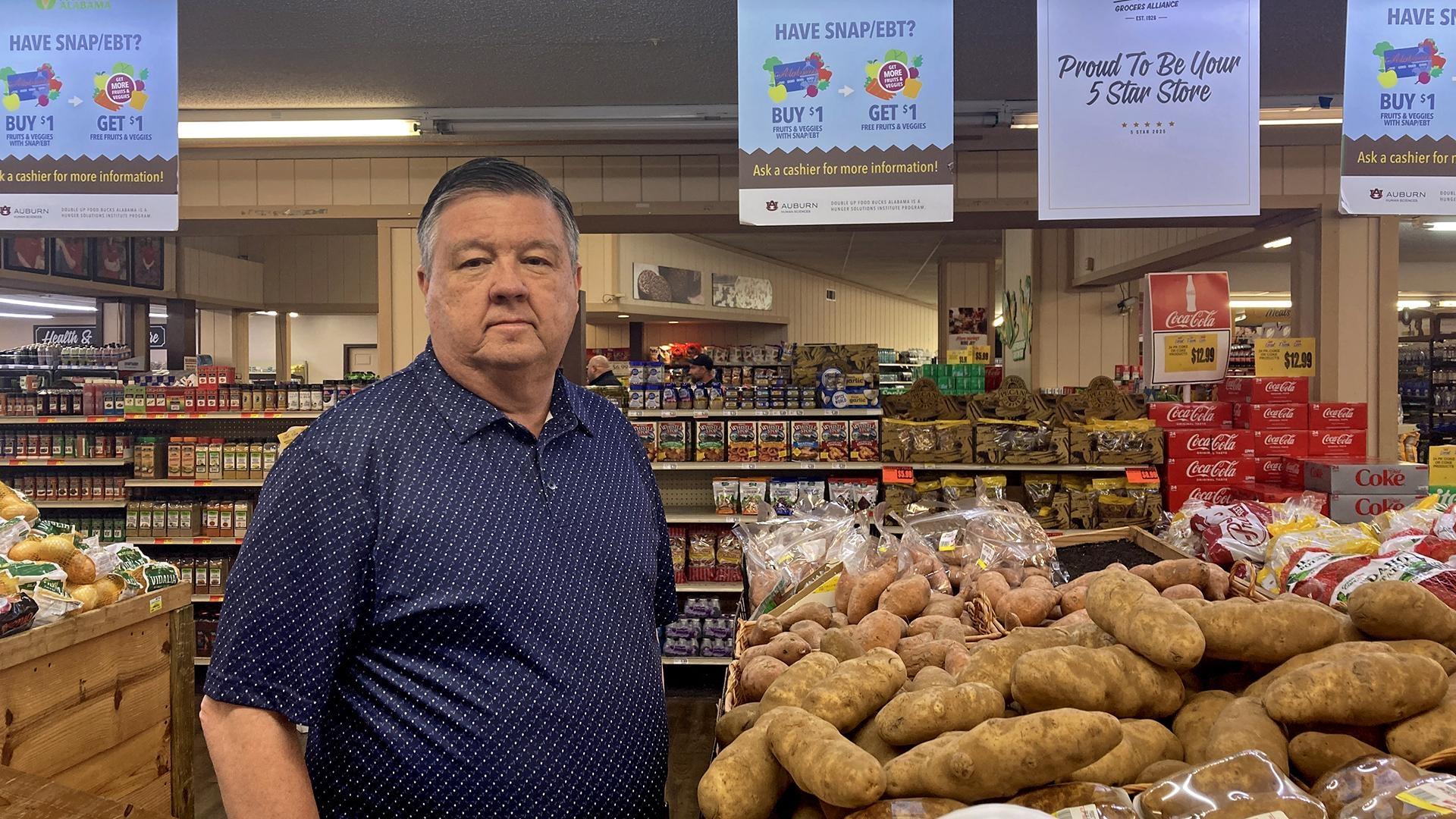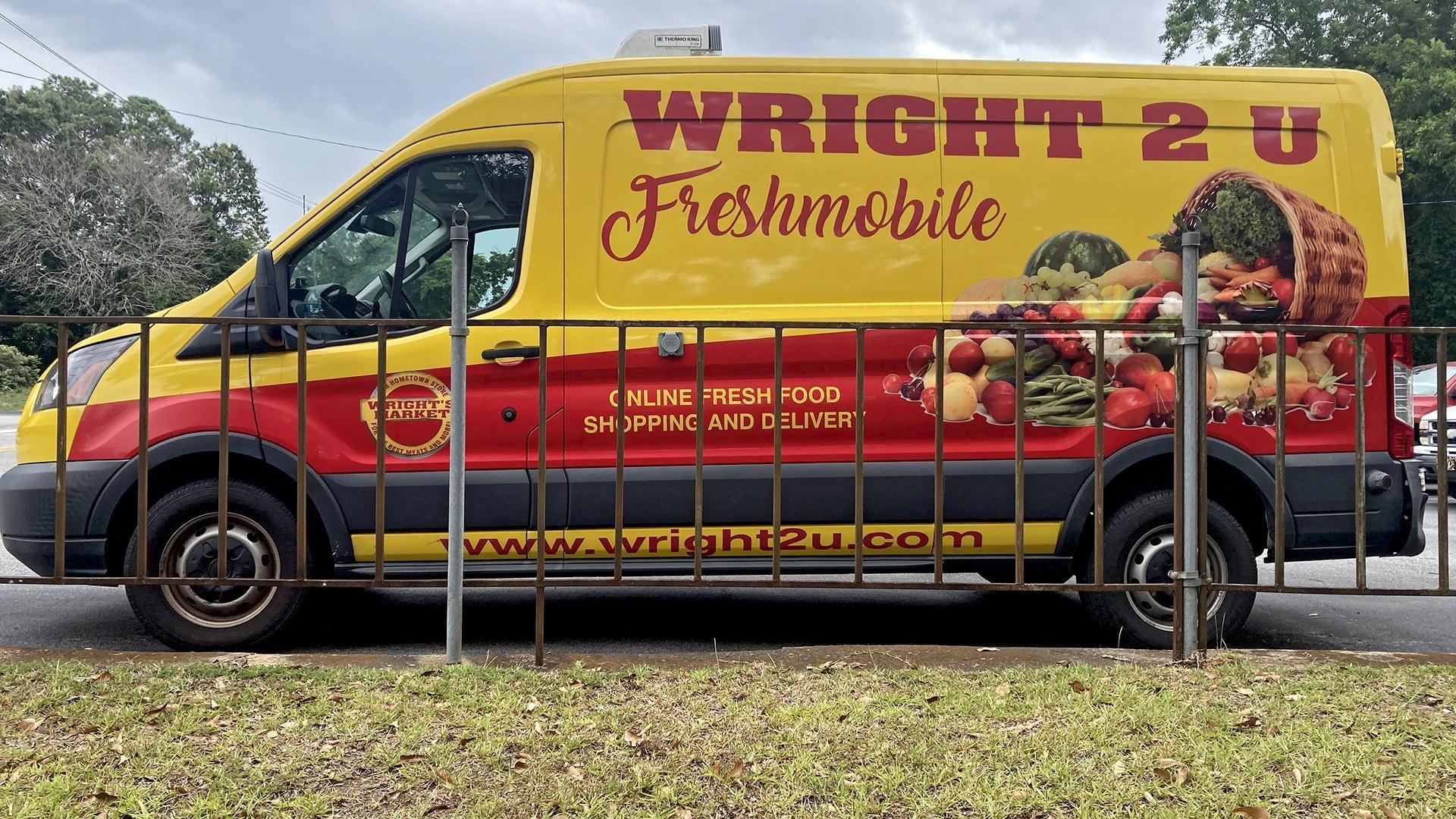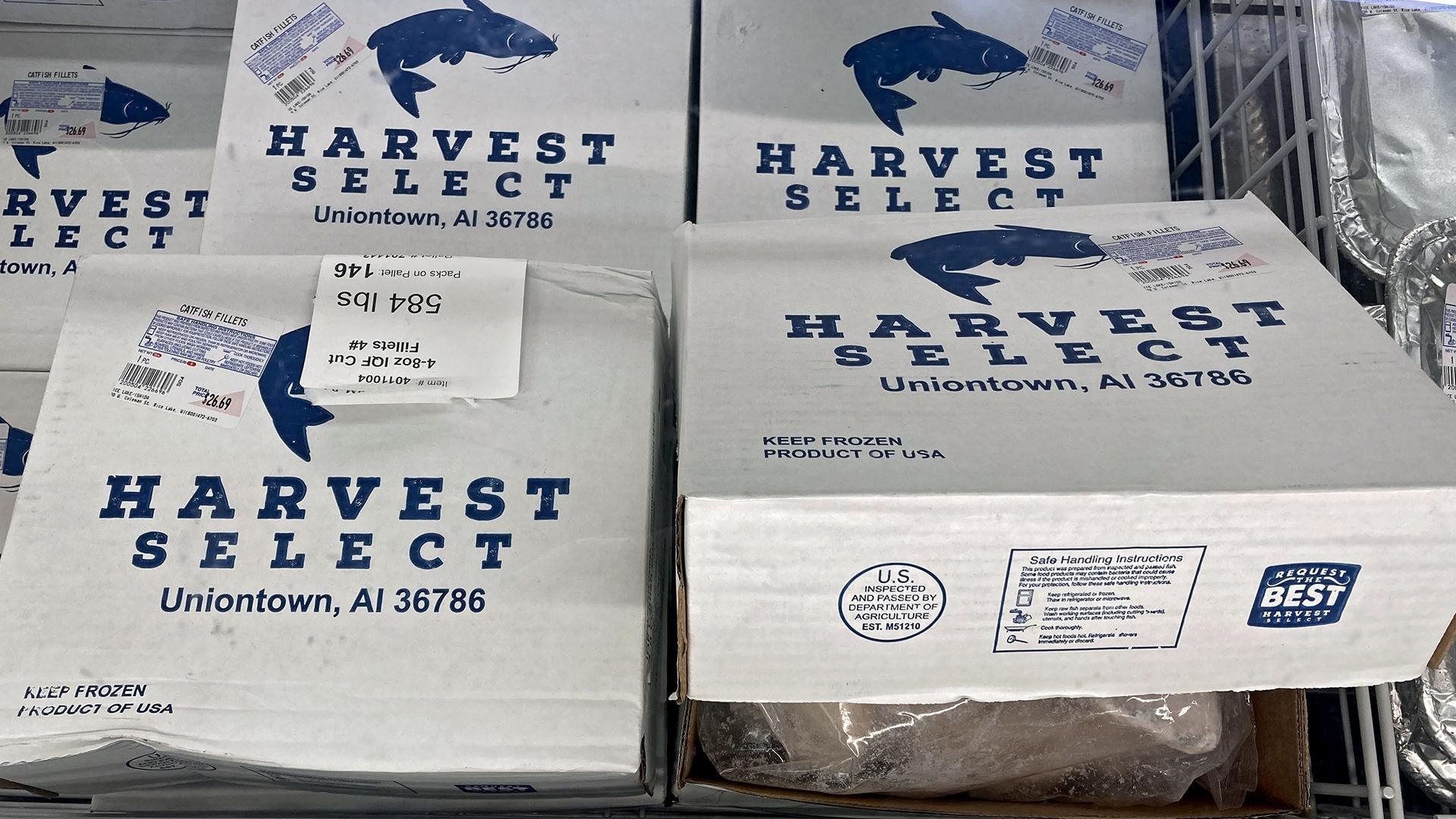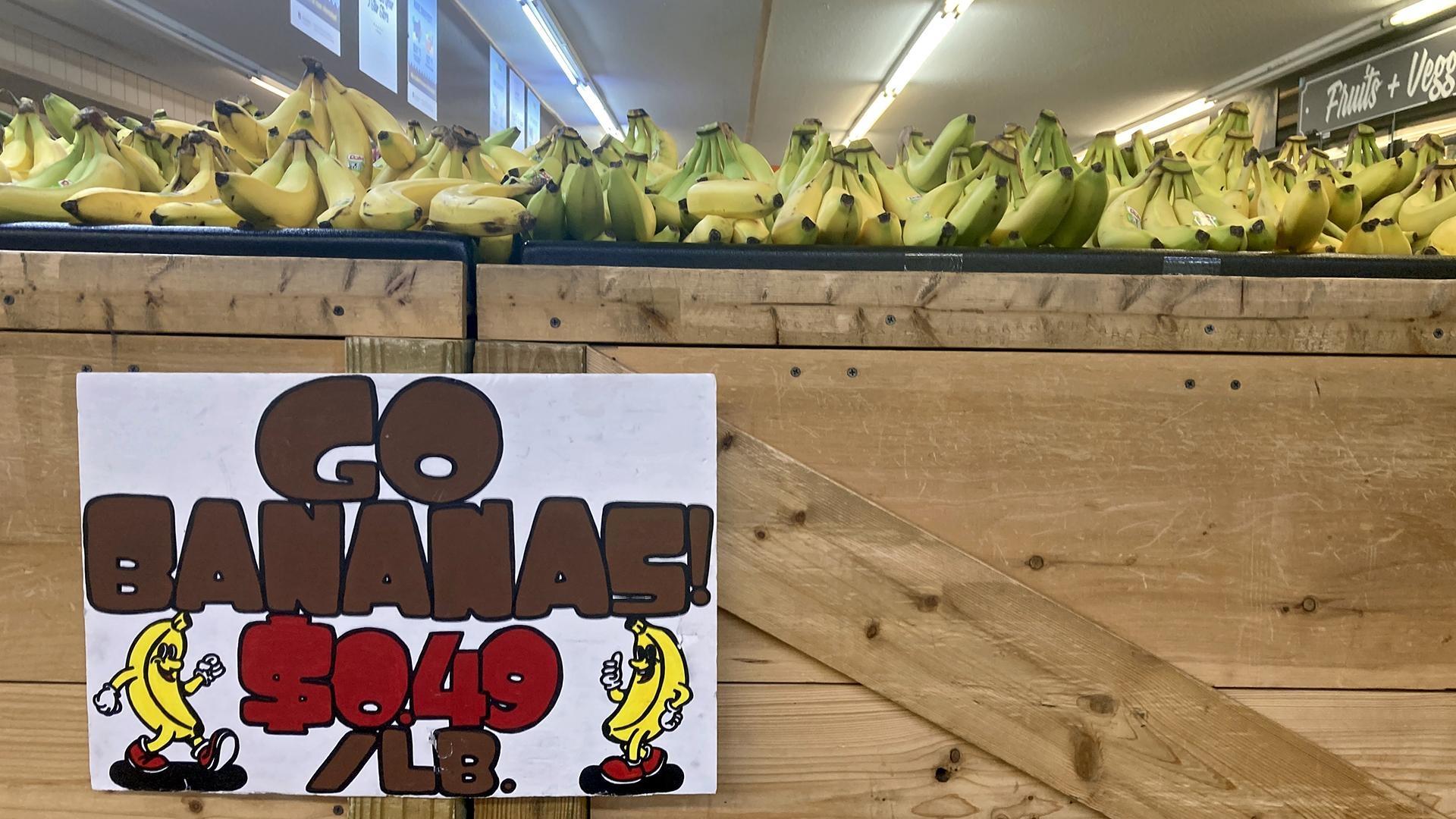The Urban Institute estimated that 5.3 million families will lose, on average, $146 per month, based on part of the law capping payment increases based on inflation. The law also offloads some of the program’s expenses onto states.
Republican Sen. Tommy Tuberville, of Alabama, told Politico that he’s concerned about his state’s ability to afford that. Tuberville still voted for the law and Republicans argue that SNAP has become bloated and wasteful.
Republican House Speaker Mike Johnson pointed to an increase in fraudulent SNAP payments as part of the justification for the changes. Those fraudulent charges, however, aren’t from SNAP beneficiaries, but from scams that target them. Fraudsters set up skimming machines on payment terminals and use that to drain those benefits for their own use.
Skimmers were even installed at Wright’s store. A group of men were able to set up the devices on his payment machines. Wright spotted it quickly after the men drew his suspicion. He said he spent $8,000 dollars replacing the pen pads and installing anti-skimming devices.
Wright hopes he can make up for the SNAP sales losses by being more efficient, including testing AI to see if it can help decide what he should put on sale, and when the best time for it is.
Wright said he won’t throw stones at the politicians who voted for the cuts, believing they are doing what they think is best for the country. Now that it’s done, he said it’s on him to figure out the best way to continue to serve his hometown – a job he said he’s still blessed to have.
“I still think I am living the American Dream and have the best job in the world,” Wright said.








